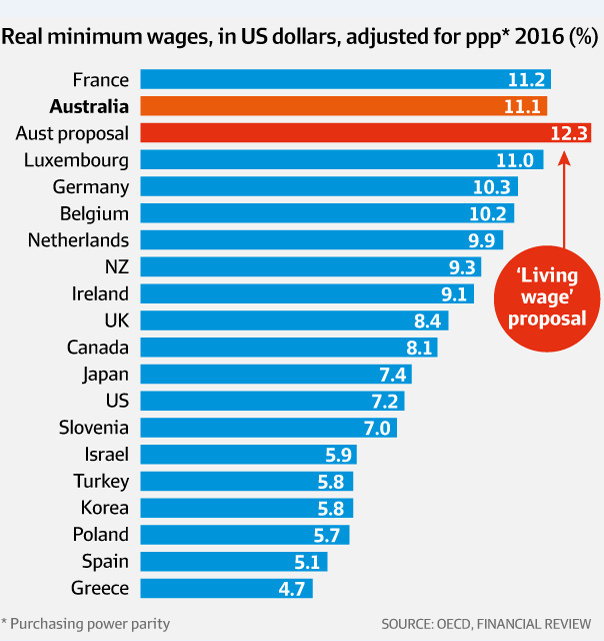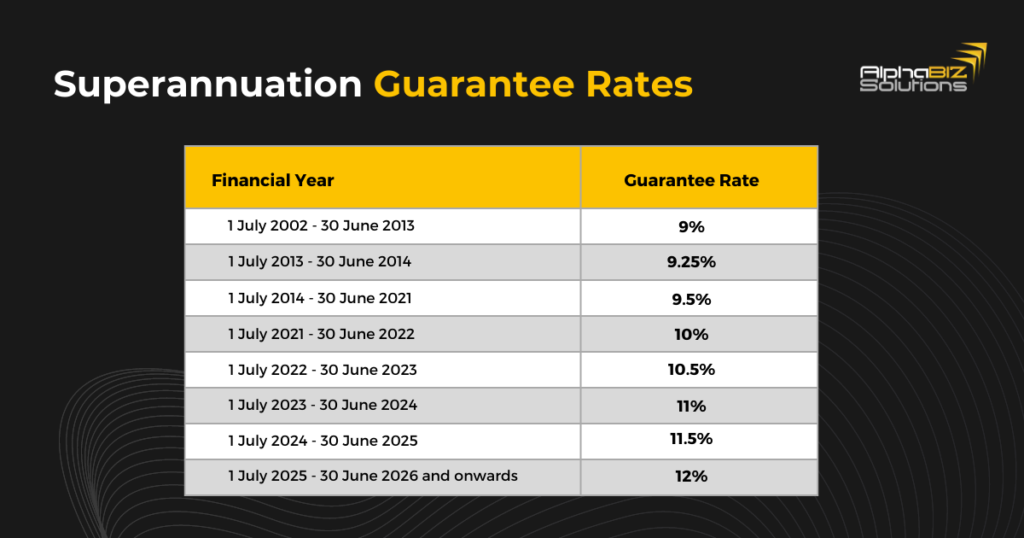
From Wage Increases to Road Fines: As July 1 rolls around, Australians will see a range of important changes that affect everything from their wallets to their driving habits. Whether it’s a rise in minimum wage, new road safety regulations, or adjustments to superannuation and parental leave, these changes are designed to make life a bit easier and safer for everyone. But, as with any new set of rules and regulations, you’ll want to understand how they impact you. In this guide, we break it all down, so you know exactly what’s changing, why it matters, and how to navigate the changes like a pro. Whether you’re a business owner, an employee, or someone just trying to make sense of how these shifts affect your everyday life, this article will guide you step-by-step through the key updates. We’ll cover everything from the minimum wage increases to new penalties for road infractions. Let’s dive in!
From Wage Increases to Road Fines
With so many important changes happening on July 1, it’s crucial to stay informed. From wage increases to road safety changes, these shifts are designed to improve the quality of life for all Australians. Whether you’re a worker, parent, or driver, it’s important to know how these updates impact your everyday life. By staying on top of these changes and adjusting accordingly, you can make the most of these new rules and policies, ensuring a smoother, more financially secure future. As always, stay safe, stay informed, and remember that knowledge is power.
| Topic | Details |
|---|---|
| Minimum Wage Increase | A 3.5% rise in the minimum wage, bringing it to $24.95 per hour, impacting 2.6 million workers. |
| Superannuation Guarantee | Employer contributions to superannuation increase from 11.5% to 12%. |
| Paid Parental Leave | Expansion of paid parental leave to 24 weeks, with plans to reach 26 weeks by 2026. |
| Mobile Phone Detection Cameras | AI-powered cameras to fine people up to $1,209 for using mobile phones while driving, including when stationary. |
| New Speed Limits Around Emergency Vehicles | Victoria requires drivers to slow to 40 km/h when passing stationary emergency vehicles. South Australia imposes 25 km/h on multi-lane roads. |
| Centrelink Payment Increase | Centrelink benefits, such as Family Tax Benefits, to rise by 2.4%, increasing support for low-income Australians. |
| Energy Bill Relief | An additional $150 in energy bill relief for households and small businesses. |
| Student Loan Repayment Threshold | The repayment threshold for student loans increases to $67,000, reducing debt by 20% for millions of Australians. |
From Wage Increases to Road Fines: What’s Changing for Australian Workers
1. Wage Increases: A Boost for Many Australians
A big change hitting Australian workers this July is the 3.5% rise in the national minimum wage, raising the hourly rate from $24.10 to $24.95. This is great news for over 2.6 million workers across the country, many of whom are employed in industries like retail, hospitality, and agriculture, where wages tend to be lower.
Example: If you work full-time (38 hours a week) at the minimum wage, your weekly earnings will rise from $916 to $948. This might seem small on paper, but it can make a big difference over time, especially for workers in low-income households.
This increase also helps workers keep up with the cost of living, as the inflation rate has been hovering around 2.4%.

2. Superannuation Contributions: Saving for the Future
Another major shift on July 1 is the increase in the Superannuation Guarantee. Employers will now be required to contribute 12% of an employee’s salary to their superannuation fund, up from 11.5%. This is part of a long-term plan to ensure Australians are saving enough for retirement.
Let’s say you’re earning $60,000 a year. Under the old rate of 11.5%, your employer would have contributed $6,900 to your super fund. Under the new 12% rate, that contribution jumps to $7,200. While that might not seem like a huge increase, it can add up significantly over time, especially when you factor in interest and long-term growth.
This increase helps ensure that all Australians will have a better chance of saving enough for retirement and is a great step toward financial security for future generations.

3. Parental Leave Expansion: More Time for Parents
Good news for parents – starting July 1, the government is increasing paid parental leave to 24 weeks, up from the previous 18 weeks. This change means that parents will have more time to care for their newborns without worrying about lost income. Plus, this amount will rise to 26 weeks by 2026, which is fantastic news for families.
Additionally, superannuation will be paid on the parental leave amount, meaning that new parents won’t miss out on saving for their retirement while they take care of their child. This change is a win for families, helping parents balance work and life more easily.
Road Safety: New Rules to Keep You Safe
While it’s not all about the wallet this July, there are some crucial changes to road rules and fines that every driver should be aware of.
1. Mobile Phone Detection Cameras: Big Fines for Phone Use
Starting July 1, Australians can expect to see new AI-powered cameras designed to catch drivers using their mobile phones while driving. The cameras are smart enough to detect phone use, even when the vehicle is stationary. The penalty for this infraction can be up to $1,209, plus the loss of five demerit points in some states.
So, if you’re caught texting, scrolling through social media, or even making a call without a hands-free device, be ready for a hefty fine. This change is meant to reduce accidents caused by distracted driving, which is a major issue on Australian roads.
Practical Tip: Always keep your phone out of reach when driving. This will help you avoid any temptation to check your messages or notifications, making the roads safer for everyone.
2. New Speed Limits Near Emergency Vehicles: Slow Down for Safety
From July 1, drivers in Victoria must reduce their speed to 40 km/h when passing stationary emergency vehicles with flashing lights or alarms. In South Australia, the required speed is even lower – 25 km/h on multi-lane roads. If you fail to comply, you could face fines up to $1,648 and demerit points.
These changes are all about ensuring the safety of emergency responders who are working at the scene of an accident or performing other duties. So, when you see lights flashing, slow down, and stay safe.
Example: If you’re driving in a multi-lane road and pass an emergency vehicle, reducing your speed to 25 km/h might feel slow, but it’s crucial.

Additional Reforms and Benefits: A Boost for Many
1. Energy Bill Relief: Extra Support for Households and Small Businesses
One more great piece of news is the additional $150 in energy bill relief for both households and small businesses. With energy prices still fluctuating, this relief helps ease the financial burden on families.
The government aims to support households who might be struggling with increasing utility costs, particularly in the winter months. If you’re eligible, this will automatically be applied to your next energy bill.
2. Student Loan Repayment Threshold: More Flexibility for Students
For those with student loans, you’ll be happy to know that the income threshold for repayments has increased to $67,000. This means that 3 million Australians will see a 20% reduction in their student loan debt. If you’re not earning that much yet, don’t worry – you won’t be required to make repayments until you hit that threshold.
Pro Tip: If you’re unsure about your loan status, it’s a good idea to check with the Australian Tax Office (ATO) to get a better idea of when you’ll need to start repaying and how much you’ll owe.
Breaking Down the $3,000 Centrelink Payment — What’s Really Happening in 2025
Breaking Down the $3,000 Centrelink Payment — What’s Really Happening in 2025
$750 One-Time Utility Rebate for Australian Pensioners—Claim Yours Before It’s Gone!











